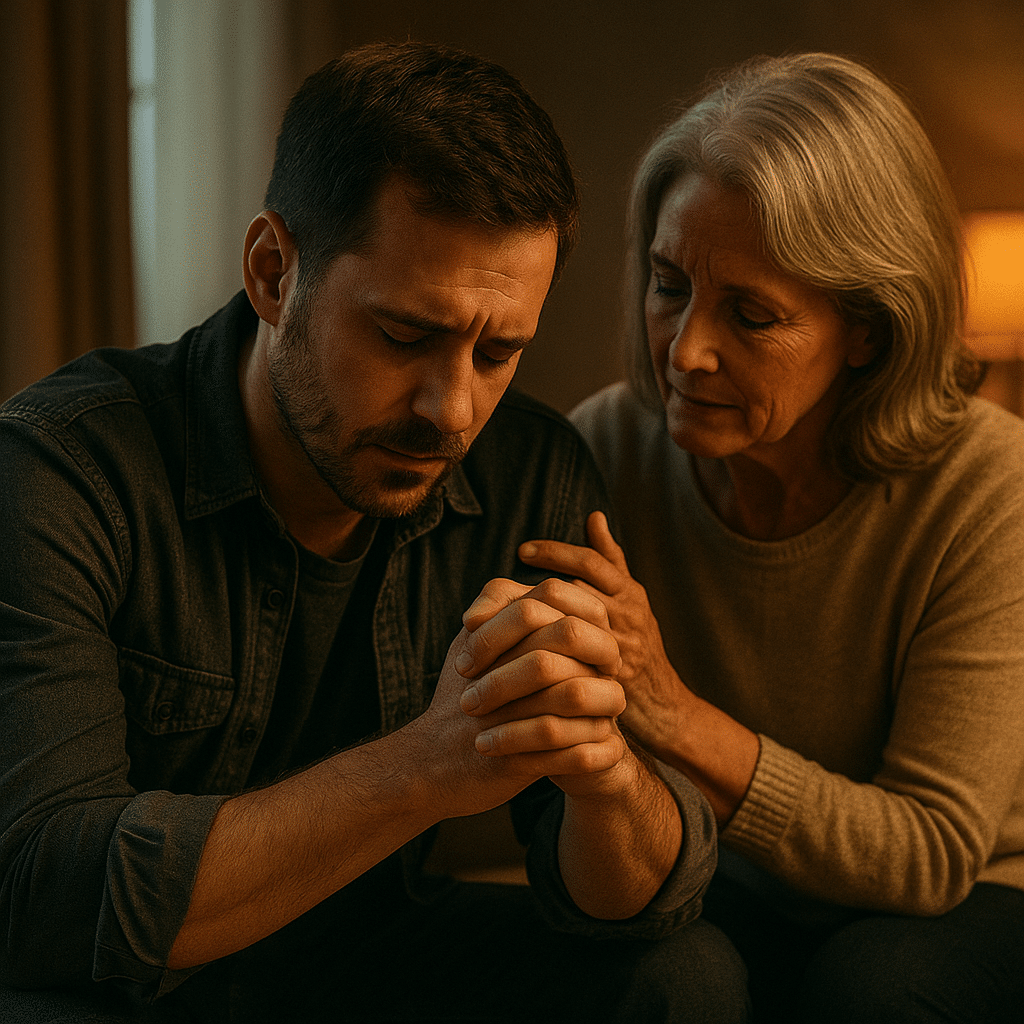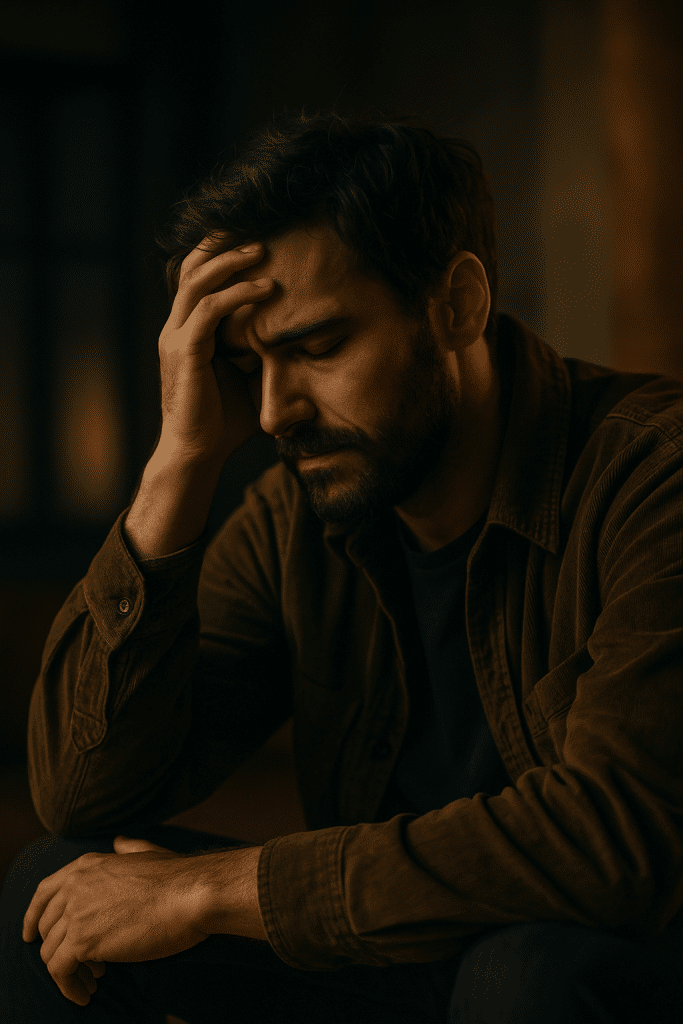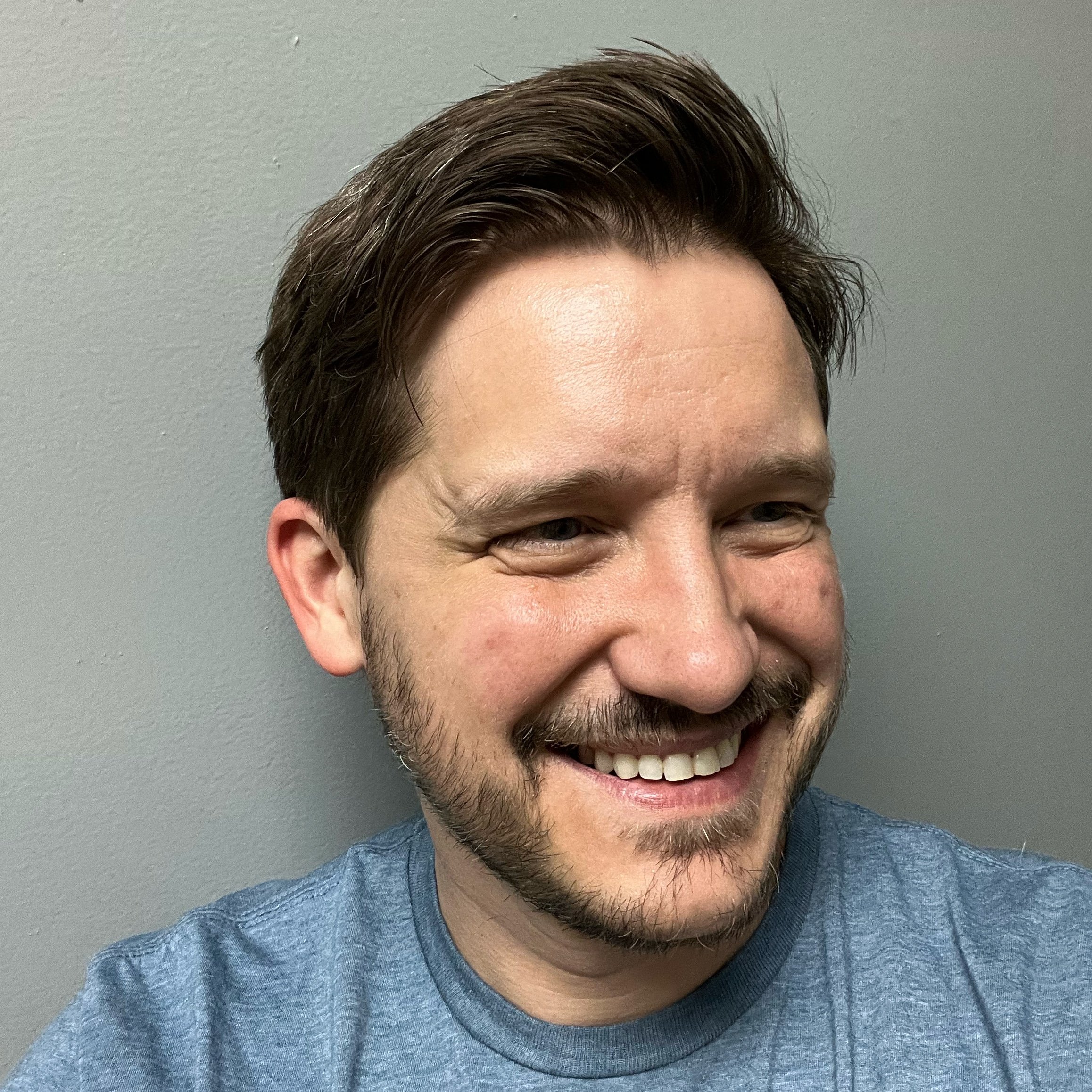Emotional Exhaustion and Depression Differences: Guide
Estimated reading time: 12 minutes
Introduction:
Christians often ask how to separate tiredness from illness. The phrase emotional exhaustion and depression differences captures that concern in plain language. When life feels heavier than your strength, you may wonder whether a break will fix it or whether professional care is needed. Scripture acknowledges that even the faithful can feel spent or sorrowful. Elijah collapsed under a broom tree; David wept through the night. Yet the Lord drew near to each one. Because spiritual life is embodied life, we attend to bodies and souls together. Jesus invites, “Come to me, all you who are weary and burdened, and I will give you rest” (Matthew 11:28‑30). As you read, keep the emotional exhaustion and depression differences in view so that your steps remain wise and gentle. Many readers also search for burnout vs depression because the experiences feel similar at first. This phrasing supports clarity and helps readers choose next steps.
Practically, emotional exhaustion grows out of prolonged stress. It is the depleted state that follows months of pushing without recovery. By contrast, clinical depression is an illness with defined criteria. It can descend even when external pressures lighten. Therefore the right plan depends on the right name. This guide summarizes trustworthy research and offers a gentle path forward. You will see how to read your body, how to steady your thoughts, and how to lean on Christ in community. Along the way, you’ll find internal resources—like a concise burnout symptoms guide and practical tools for deep breathing exercises—to help you make steady progress.

Causes: Stress‑Born Burnout vs. Clinical Depression
Causes matter because they shape solutions. Emotional exhaustion usually emerges from identifiable overload. Long hours, heavy caregiving, disrupted sleep, or perfectionism keep the nervous system stuck in high gear. Consequently cortisol stays elevated, attention narrows, and motivation fades. Remove the pressure, and energy often returns after proper rest. This is why vacations or sabbath rhythms can restore a weary soul. A clear overview from medicine summarizes these contrasts well (Medical News Today: burnout vs. depression).
Depression does not always follow the same path. It may arrive without an obvious trigger. Biology, trauma history, and family risk play roles. Diagnostic manuals define the syndrome by clusters of symptoms that persist for two weeks or more. Low mood, loss of interest, appetite change, poor sleep, slowed movement, trouble concentrating, guilt, and thoughts of death may appear. Because depression can outlast improved circumstances, time off alone rarely cures it. Instead, counseling and, when indicated, medication address the underlying brain and behavior patterns. Some clinicians describe this contrast as emotional exhaustion vs depression, yet they also watch for overlap that needs care. This phrasing supports clarity and helps readers choose next steps.
Moreover, the emotional exhaustion and depression differences emerge at the level of scope. Exhaustion is often local to a role or season, while depression generalizes across nearly every activity. You might dread one ministry meeting yet still delight in dinner with friends. In depression, even simple pleasures lose color. Because these pathways diverge, wise assessment matters. It prevents you from chasing the wrong fix and invites targeted, compassionate care rooted in Christian hope. This phrasing supports clarity and helps readers choose next steps.
Symptoms: How to Discern the Differences in Daily Life
Now consider how daily life feels under each condition. With emotional exhaustion, the central experience is being used up. Irritability rises around the specific load, and cynicism or detachment may follow. People often still enjoy activities outside the stressful context. After a quiet weekend, they notice some relief. Their self‑worth remains mostly intact, though confidence may wobble. You may hear the phrase burnout versus depression in everyday conversation; use it as a prompt to look at scope and persistence. This phrasing supports clarity and helps readers choose next steps.
In depression, sadness or emptiness spreads across settings. Pleasure drains from hobbies and relationships. Fatigue lingers all day, even after sleep. Appetite and movement change. Worthlessness and excessive guilt can dominate the inner narrative. Furthermore, breaks from work bring little lightness. When anhedonia persists everywhere, professionals look beyond burnout. Because symptoms are global rather than contextual, a comprehensive plan becomes essential. A large meta‑analysis confirms that burnout and depression are related yet distinct (Frontiers in Psychology).
Equally important, pay attention to how breaks influence mood. If a quiet retreat, a supportive conversation, or a weekend nap produces meaningful relief, you are likely wrestling with exhaustion. If nothing helps for long, the scale tips toward a depressive disorder. For clarity, keep a brief mood and energy log for two weeks. Note sleep, appetite, and enjoyment in small activities. This record helps your clinician and also keeps you from judging yourself unfairly. It shows patterns instead of isolated bad days. For clarity, we will refer to these realities throughout as emotional exhaustion and depression differences. This phrasing supports clarity and helps readers choose next steps.
Solutions: A Christian, Integrated Plan for Recovery
Hope grows when care is integrated. A faithful approach honors the whole person—body, mind, and spirit. Start with simple resets that calm the nervous system. Keep a steady sleep and wake time. Take brief walks outdoors and eat regular, nourishing meals. These practices lower stress chemistry and make prayer and counseling more fruitful. They also reflect biblical wisdom about limits and rest. For clarity, we will refer to these realities throughout as emotional exhaustion and depression differences. This phrasing supports clarity and helps readers choose next steps.
Therefore start gently. Set alarms for bedtime and wake time to retrain your circadian rhythm. Pair hydration with meals. Step outside for ten minutes after breakfast. As your body steadies, add Scripture before screens and a short evening examen to thank God for small mercies. These changes sound simple, yet they combine into a powerful reset. They also prepare you to make wise choices about workload, counseling, or medication as needed. In short, small steps create momentum without pressure.
In parallel, revisit expectations with your family, your pastor, and your manager. Clarify what must be done, what can wait, and what someone else can carry for a season. Clear agreements reduce hidden stress. As responsibilities right‑size, your capacity for joy, worship, and helpful service returns. This conversation honors limits and treats your humanity with dignity. Togetherness matters.

Body and Brain Care for the Difference Between Burnout and Depression
First, support the body and brain. Short daily movement, sunlight in the morning, and consistent meals stabilize energy. Gentle breathing or a two‑minute pause before meetings can interrupt the fight‑or‑flight loop. Moreover, a gratitude note each evening nudges attention toward what is good. Many Christians find that structured cognitive tools complement Scripture. For example, write a discouraging thought, test it, and replace it with a truer statement grounded in God’s promises. Over time, renewed thinking pairs with renewed behavior. When you understand the difference between burnout and depression, you can build a plan that honors both body and soul. This phrasing supports clarity and helps readers choose next steps.
Additionally, consider medical care. Primary clinicians and therapists evaluate symptoms, rule out medical contributors like thyroid issues, and recommend treatment. Antidepressants can reduce suffering for many people, and short‑term leave can protect a burned‑out caregiver. Using such help is not a lack of faith. It is stewardship. You still pray, read, and worship. Yet you also accept God’s common grace through science and skilled people. For everyday stress physiology, see Mayo Clinic guidance on chronic stress, and use our internal resources on Christian meditation to reinforce calm.
Because rhythms shape biology, keep them kind and predictable. Use a light box in dark months if your clinician approves, or open curtains wide at breakfast. Schedule brief movement breaks between meetings. During each pause, inhale for four counts, hold for four, and exhale for six. This simple technique downshifts the sympathetic surge and invites calm. Track small wins rather than waiting for perfect days. As energy rises, reintroduce enjoyable hobbies for fifteen minutes at a time. You will rebuild capacity without forcing it. These steps serve people who face differences between burnout and depression by giving the brain predictable inputs. This phrasing supports clarity and helps readers choose next steps.
When to Seek Medical Help
Nevertheless, seek professional help promptly if you notice red flags. Persistent loss of pleasure across most of the day, severe sleep disruption, marked appetite change, or thoughts of self‑harm indicate more than ordinary fatigue. If you experience these or if friends express concern, contact your clinician, a licensed counselor, or a trusted pastor who can connect you with care. In a crisis, call emergency services immediately. Early support shortens the road to recovery and protects relationships and work. For a pastoral viewpoint that values medical care, see this Christian counselor’s perspective on depression. For clarity, we will refer to these realities throughout as emotional exhaustion and depression differences. This phrasing supports clarity and helps readers choose next steps.
At the same time, reach out if you feel stuck between categories. A short evaluation can clarify whether you face burnout, depression, or both. Moreover, it can uncover treatable medical issues such as anemia or thyroid dysfunction. Arrange follow‑up to review progress after four to six weeks. If treatment begins, give it time to work and keep your doctor informed about side effects. Finally, tell a trusted friend about your plan so that you never walk alone during recovery. This also gives your church community a clear way to walk with you.
Remember, seeking help aligns with Christian humility. You accept that God often heals through people and processes. Therefore you practice wisdom by receiving care. The emotional exhaustion and depression differences do not determine your worth. They only guide the next right step. This phrasing supports clarity and helps readers choose next steps.
Soul and Community Care to Navigate Emotional Burnout and Depression
Second, strengthen soul and community. Keep a simple daily connection with Jesus. Read one psalm aloud, breathe slowly, and tell Him exactly how you feel. Then ask for one next step for the day. Furthermore, invite two people to check in with you. Share a meal after church, take a gentle walk, or attend a small group without pressure to perform. Service can wait; presence comes first. Because God designed us for belonging, wise connection speeds healing from both burnout and depression. Small acts of solidarity matter. For help with prayer, try our prayer for anxiety guide and a list of Bible verses for anxiety. For clarity, we will refer to these realities throughout as emotional exhaustion and depression differences. This phrasing supports clarity and helps readers choose next steps.
Also choose one replenishing relationship activity each week. Share a meal after church, call a mentor, or walk with a friend who listens well. Healthy connection lowers stress hormones and restores perspective. Because shame isolates, keep your story simple and honest. You are not broken beyond repair. You are beloved, and you are learning new rhythms. As you practice, you will notice that your capacity for delight grows steadily. Church leaders can help by teaching on distinguishing burnout and depression with compassion and without stigma. This phrasing supports clarity and helps readers choose next steps.
Finally, shape your environment. Silence noisy notifications, protect a weekly sabbath, and limit late‑night scrolling. Post a short prayer or verse where you prepare breakfast. Replace doom‑scrolling with gratitude or intercession. These small guardrails shift attention from pressure to promise. Over time, your heart has room to sense God’s presence again, even on hard days. If overthinking steals your peace, work through our practical tools for how to stop overthinking.

Amazon Recommendations to Support Healing
Resources can reinforce your plan. The following items are practical tools that readers frequently use alongside pastoral care and therapy. Choose what fits your season and discuss health products with your clinician. Each link uses our affiliate partnership to support this ministry at no extra cost to you. For clarity, we will refer to these realities throughout as emotional exhaustion and depression differences. This phrasing supports clarity and helps readers choose next steps.
- Book – Emotionally Healthy Spirituality (Peter Scazzero): rhythms of rest and reflection that help prevent burnout. See it on Amazon. This tool pairs spiritual formation with practical next steps.
- Book – The Depression Cure (Stephen Ilardi): a six‑part lifestyle plan that complements professional care. See it on Amazon. Many believers appreciate its clear, hopeful path.
- Therapy light – Philips SmartSleep Wake‑Up Light: gradual sunrise simulation for dark months if approved by your clinician. See it on Amazon. Morning light cues your body to rise gently.
- Weighted blanket – YnM Weighted Blanket: calming pressure that some users find soothing at bedtime. See it on Amazon. Choose a weight near ten percent of body weight.
- Supplement – Doctor’s Best Magnesium Glycinate: supports relaxation for many people; discuss any supplement with your clinician. See it on Amazon. Follow professional guidance for dosage.
- Journal – Simple ruled journal: track mood, energy, and gratitude to reveal progress. See an example on Amazon. Writing reduces rumination and increases awareness.
Conclusion: Holding Joy in Christ During Recovery
In closing, remember the core insight: emotional exhaustion and depression differences influence next steps. When excess demand drains your system, focused rest and boundary changes often renew strength. When an illness dims pleasure across every part of life, professional treatment usually becomes necessary. Both conditions deserve compassion, not shame. Because Jesus invites the weary to come to Him, you can seek rest and also seek care. For ongoing encouragement, explore short Scripture practices in our Bible verses for anxiety resource.
Therefore take one small step today. Schedule a bedtime, send a text to a friend, or call your clinician. Next, mark a sabbath on your calendar and keep it. Meanwhile, keep Scripture close and tell God exactly how you feel. He hears you. Finally, celebrate small improvements. Progress rarely looks dramatic, yet steady faithfulness carries you toward health. With time, most people regain energy, clarity, and joy in Christ.
As you walk, keep perspective. Burnout often yields to wise changes in pace and support, whereas depression may require a longer season of guided care. Still, both respond to patient, integrated help. The Lord is near to the brokenhearted, and His mercies are new every morning. Hold fast to that hope, and invite companions to walk beside you. You are not a problem to fix; you are a person to love. For clarity, we will refer to these realities throughout as emotional exhaustion and depression differences. This phrasing supports clarity and helps readers choose next steps.






